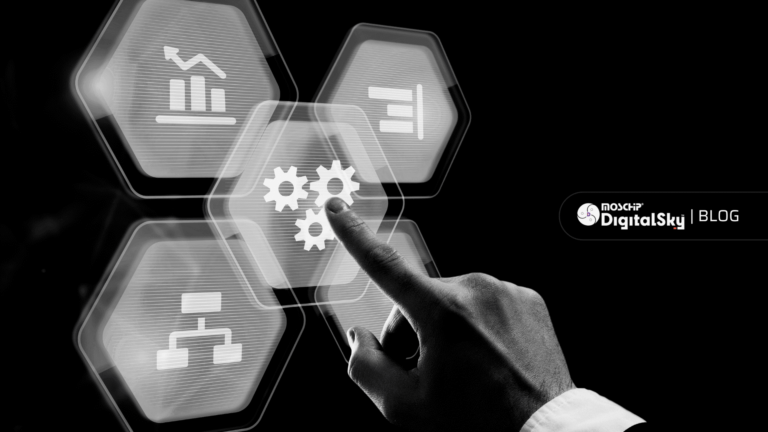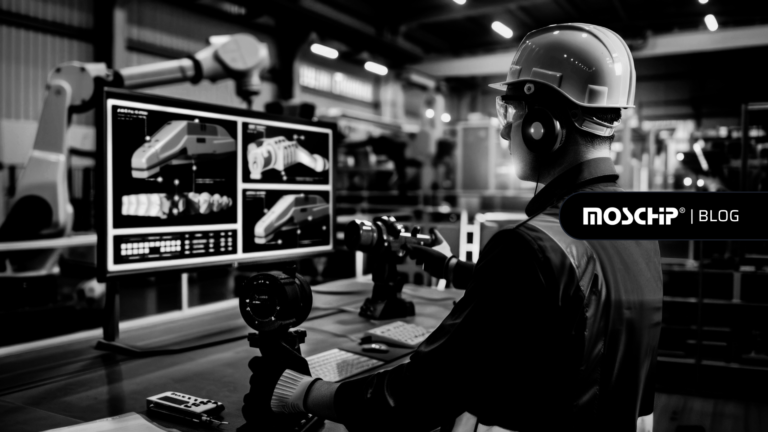Optimizing embedded software for real-time multimedia processing
Processing multimedia demands a wide range of constantly evolving requirements. Instantaneous, high-quality audio and video experiences are expected by modern consumers. All of us want our entertainment systems to provide crystal-clear visuals and audio, our smart speakers to respond to voice commands quickly, and seamless online meetings. Multiple data types, including text, video, and audio, must now be handled concurrently by multimedia applications, and their seamless interaction in real time must be guaranteed. This demands embedded software infrastructure that will analyze data quickly and optimize resources in addition to efficient algorithms. With a 6.8% CAGR, the global embedded system market is projected to reach approximately USD 173.4 billion by 2032. Embedded systems combine hardware and software to accomplish particular tasks and have uses across a range of sectors. The increased need for embedded software solutions that are optimized is driving the growth.
These systems are under a great deal of pressure to function flawlessly. While consumers of media and entertainment expect continuous high-definition content streaming, the automotive industry depends on multimedia systems for in-cabin experiences, infotainment, and navigation.
Understanding embedded software optimization
The art of optimizing embedded software involves making necessary adjustments to the program so that it runs as efficiently as possible and reacts quickly to user commands. The goal of this optimization in multimedia is to improve the efficiency of the software that powers infotainment, multimedia systems, audio and video solutions, and more. The intermediary that connects user commands and the hardware that executes them is embedded software. It must control memory, distribute resources sensibly, and quickly carry out intricate algorithms. The main goal of embedded software optimization is to ensure that every byte of code is used as efficiently as possible.
Techniques for improving performance
Embedded software can be optimized using various performance enhancement techniques to process multimedia in real-time. These methods make sure the program runs efficiently and performs as well as it can.
Code optimization: This is the process of carefully streamlining software code to increase its efficiency. It entails applying algorithms that cut down on duplication, minimize processing time, and use fewer resources.
Parallel processing: The technique of parallel processing is highly valuable as it enables the simultaneous execution of multiple tasks. This greatly improves the system’s capacity to manage intricate tasks in real-time. For instance, parallel processing can be used in a multimedia player to decode audio and video streams concurrently, guaranteeing that both are played back smoothly.
Hardware acceleration: In multimedia processing, hardware acceleration is revolutionary. It entails giving specialized hardware components made for particular purposes the task of carrying out particular tasks, like video encoding and decoding. Performance can be significantly improved by hardware acceleration, especially for computationally demanding tasks like AI-based image recognition and video rendering.
Memory Management
When it comes to optimizing embedded software for multimedia processing, memory management is essential. Data must be accessed quickly in multimedia systems, and memory management makes sure that information is efficiently stored and retrieved. Efficient memory management can mean the difference between a multimedia experience that runs smoothly and continuously and a system that lags and buffers.
Efficient memory management involves several key strategies.
Caching: For quick access, frequently used data is stored in memory. This lowers latency by minimizing the need to retrieve data from slower storage devices.
Memory leak prevention: Memory leaks can gradually deplete system resources by allocating memory to parts that are never released. Memory leaks must be avoided by carefully crafting embedded software.
Memory pools: Memory pools resemble reserved memory space segments. Memory pools pre-allocate memory sectors rather than dynamically allocating and releasing memory as needed. This proactive strategy lowers the overhead related to continuously managing memory on the fly and helps to minimize memory fragmentation.
Optimized embedded software for real-time multimedia processing
Real-time communication
Multimedia applications revolve around real-time communication. Embedded software must enable instantaneous user-system interactions and guarantee that commands are carried out with little to no delay. The provision of an immersive multimedia experience is contingent upon real-time capability.
Real-time communication in multimedia includes a range of features. For instance, awkward communication lags are avoided with video conferencing, which maintains synchronization between the audio and video streams. It allows complex 3D environments to be rendered in real-time and responds instantly to user input in games. The smooth incorporation of real-time communication into multimedia applications guarantees instantaneous responsiveness and serves as the basis for a rich and engaging user experience on a variety of interactive platforms.
The future of embedded software in multimedia
Even more sophisticated features are anticipated for embedded software in multimedia systems in the future. Multimedia is becoming more and more dependent on embedded AI solutions to enable features like automated video analysis, voice recognition, and content recommendation. The advancement of embedded software development in this field will require it to keep up with the demands of changing consumer expectations and emerging trends.
To sum up, optimizing embedded software for multimedia processing in real-time is a subtle and complex task. It requires a thorough understanding of the requirements of multimedia processing, a steadfast commitment to software optimization, and the tactical application of performance improvement strategies. By doing this, multimedia systems are guaranteed to continuously provide smooth, quick, and high-quality audio and video experiences. The multimedia solutions that have become a seamless part of our everyday lives are still powered by embedded software.
Stay current with the latest MosChip updates via LinkedIn, Twitter, FaceBook, Instagram, and YouTube
Author
-
Ambuj is a Marketing professional at MosChip creating impactful techno-commercial writeups and conducting extensive market research to promote businesses on various platforms. He has been a passionate marketer for more than three years and is constantly looking for new endeavours to take on. When He’s not working, Ambuj can be found riding his bike or exploring new destinations.







